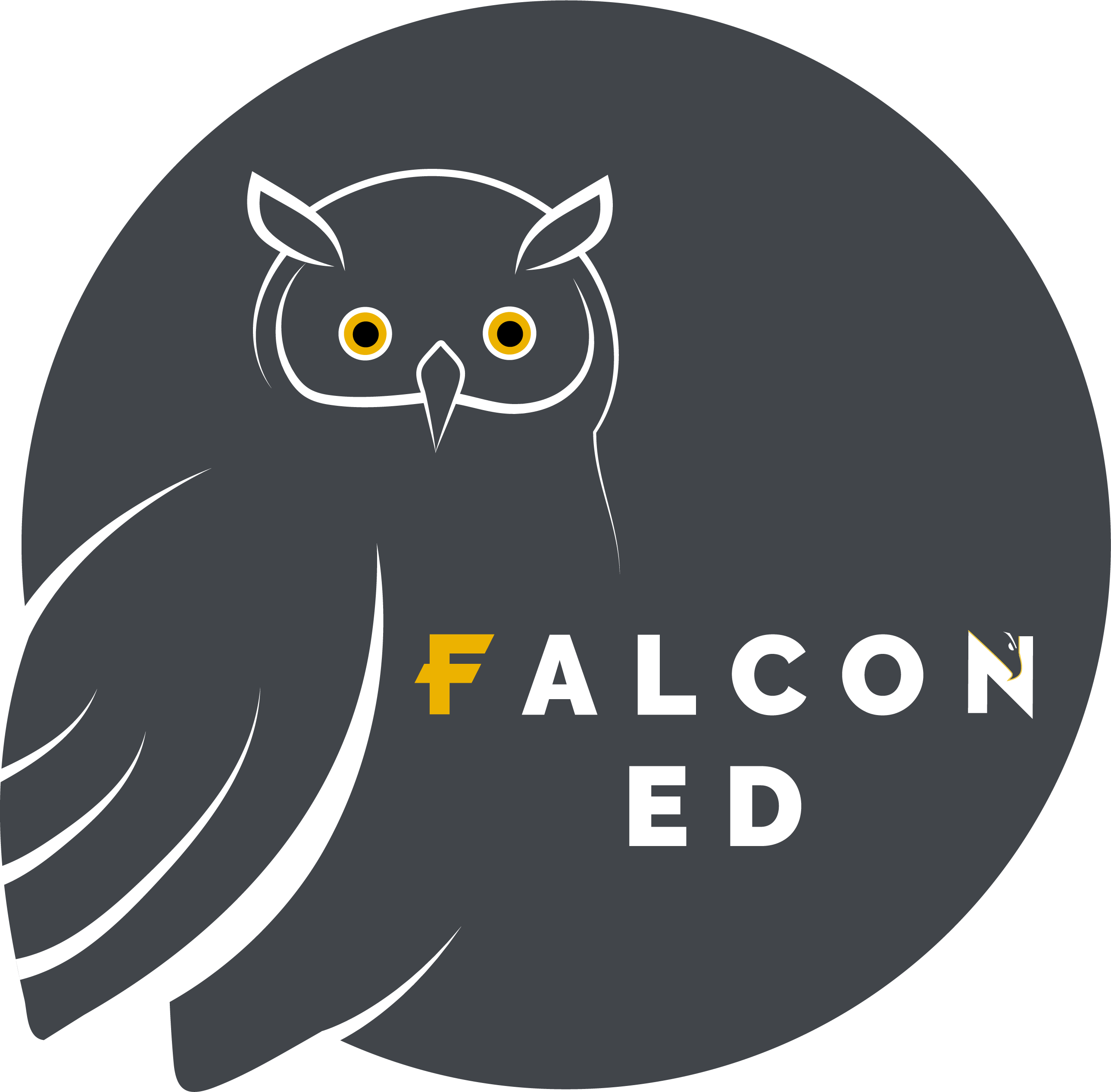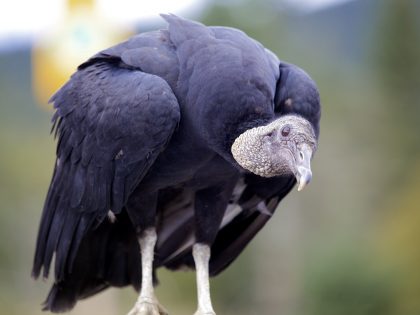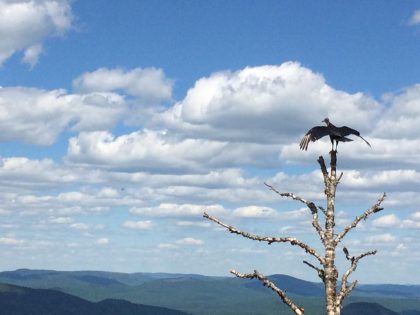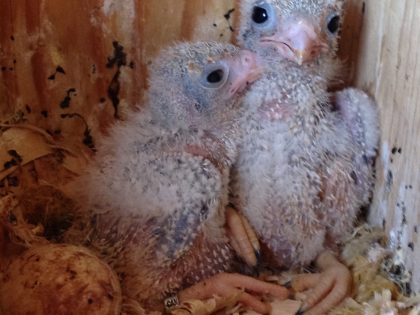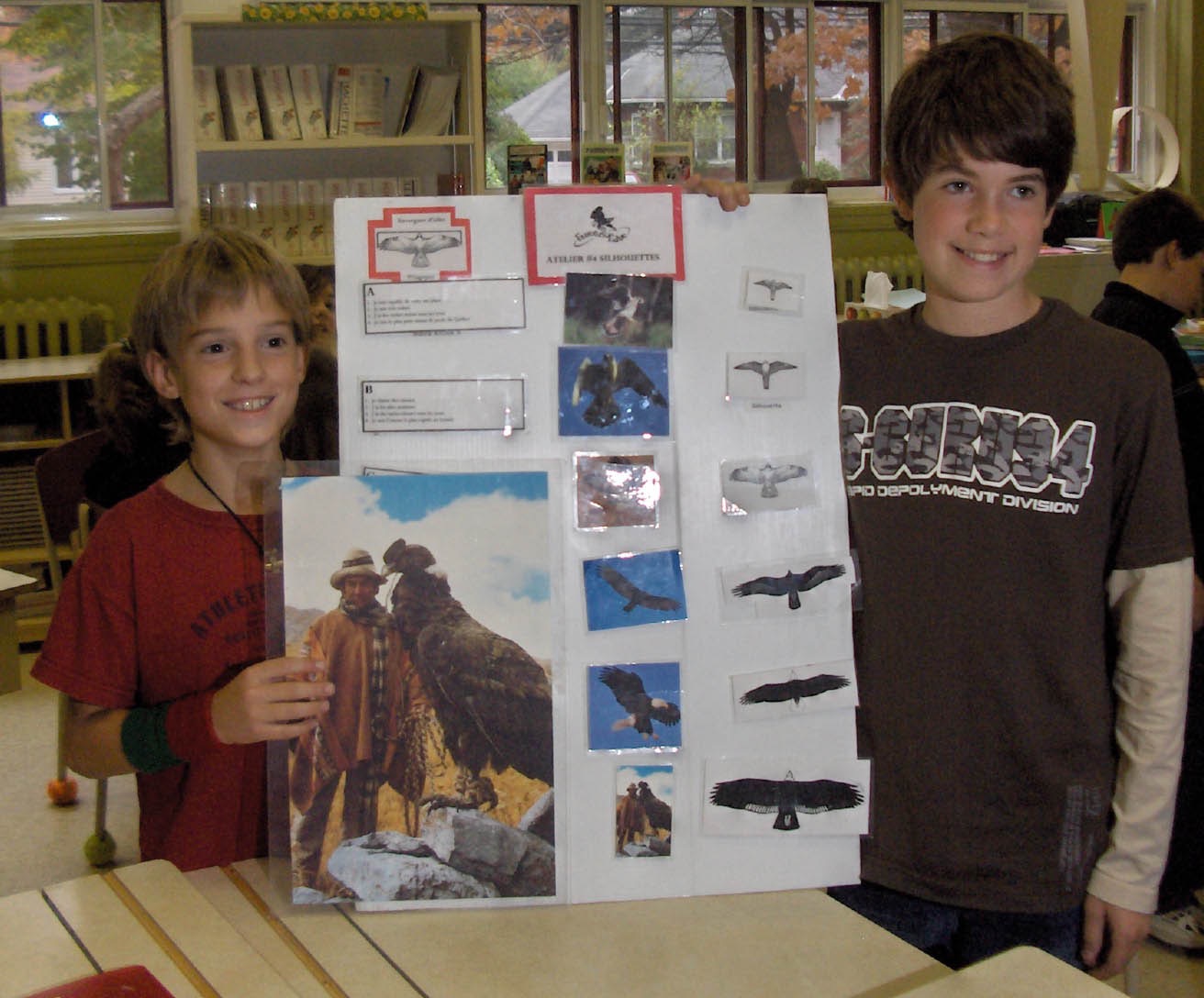PRE-VISIT ACTIVITY
For teachers participating in our program.
Below, you will find suggestions to help prepare your class for our educational visit; these could be done on the eve of the presentation or during the period before our arrival.
1. Announce to the students that someone will come speak to them about birds of prey. You can reveal to the class that they will have the chance to see live birds or keep it as a surprise, which ever you prefer.
2. Initiate a short discussion with your students on the subject of birds, focussing on birds of prey. The goal of the exercise is to stimulate their curiosity and bring about questions that they would like answered. It is not necessary that you know the answers.
Sample questions:
- What is a bird?
- How can birds fly?
- What is a bird of prey?
- What makes them different from other birds?
- What kind of raptors live in Canada?
3. Here are some key words that could be used in the context of this discussion:
Predator, prey, talons, hooked beak, carnivorous, eagle, falcon, hawk, vulture, condor, owl.
4. The discussion could be combined with a writing exercise; having students write down their questions on birds and birds of prey before our arrival, and serving as a reminder for them.
Do not hesitate to contact us if you have questions of your own!
QUIZZES
For teachers participating in our program.
Print and copy the quizzes below for your students as a follow up to our visit.
Feel free to use them “as is” or let them inspire your own quiz or exam!
Quiz 1 (PDF 46 KB): Simple questions and multiple choice, Cycles I or II.
Answers to Quiz 1 1 (PDF 48 KB)
Quiz 2 (PDF 37 KB): Suitable for Cycles II or III.
Answers to Quiz 2 (PDF 38 KB)
True or False (PDF 38 KB): A fun quiz for all.
Answers for True or False (PDF 38 KB)
TEACHER’S GUIDE
Download our Teacher’s Guides:
Falcon-Ed Pedagogical Activities (PDF 125 KB) Québec Curriculum
Falcon-Ed Pedagogical Activities (PDF 237 KB) Ontario Curriculum
Please contact us if you have any ideas, suggestions or comments, we love hearing from you.
For teachers interested in Pellet Dissection only workshops, this is the guide for you:
Raptor Pellet Dissection Guide (PDF 192 KB)
BUILDING A NEST BOX
Why build a nest box?
There are only two factors that limit raptor populations, the abundance of prey and the availability of suitable nesting sites. For raptors that nest in natural cavities, it can sometimes be hard to find an unoccupied spot and they aren’t capable of making holes in trees themselves. We can help these species by building a nest box. If you build it, they will come…. eventually. It might take time for the raptor to find your box.
How to build it:
You can purchase sheets of plywood and other materials at any construction supply store, or better yet, reuse unfinished wood that may be lying around your home. Then follow these instructions:
Nest Box for American Kestrel or Eastern Screech-Owl (frequently seen in Quebec)
Entry hole: Diameter: 8-10 cm, Placement: Centered, at a height of 30cm on a 40cmX 24cm sheet of plywood.
Floor : 24cm X 24cm with 1cm diameter air holes near each corner.
Side walls: 40 cm X 24cm with 3 air holes (1cm diameter) along the top.
Roof: 30 cm X 24 cm.
Back wall: 56 cm X 24cm.
Nest installation: 4 to 8m off the ground, mounted onto a post or tree with the entry hole facing South or East.
Nest Box for Barn Owl (rare in Quebec)
Entry hole: Diameter : 15-20 cm, Placement: Near the top in a corner, not in the center. Install small perches 10cm under the hole, both inside and outside. On a 60cm X 60cm sheet of plywood.
Floor : 60cm X 60cm with air holes (1.5cm diameter) near each corner.
Side walls : 60cm X 60cm with 3 air holes (2cm diameter) along the top.
Roof : 60cm X 60cm.
Back wall: 60cm X 60cm. Centered and screwed onto a 1.2m long 2″ x 4″ (see next).
Nest installation: Screw the 2″ x 4″ with the built nest box onto a pole, a dead tree, or a building, 3 to 4 m above the ground, in a quiet or remote area.
